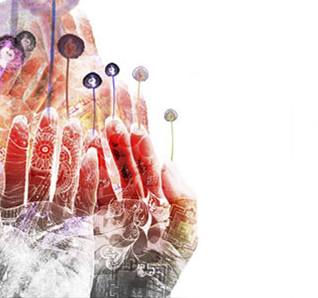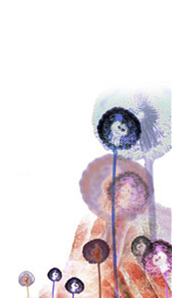
Volume 1, Issue 4
June 2009

Downloads

Volume 1, Issue 4.1
Diversionary Space Project at Royal Melbourne Hospital Short Term Dementia Ward
Author: Darren Steffen, Roger Alsop

Volume 1, Issue 4.2
Arts and Health: From Economic Theory to Cost-Effectiveness
Author: Raoul Craemer, Senior Consultant, ACIL TASMAN PTY LTD

Volume 1, Issue 4.3
Friends on the Farm: Reciprocal Relationship Building Through the Arts
Author: Jan Deans, the University of Melbourne

Volume 1, Issue 4.4
Healing Threads
Author: Merrin Eirth, Head of Drawing, VCA Art, The University of Melbourne

Volume 1, Issue 4.5
Interdisciplinary Models for Collaboration Between Artists and Architects: Empowering Community, Inspiring Urban Renewal
Author: Dr Steffen Lehmann, UNESCO Chair in Sustainable Urban Development for Asia and the Pacific, The University of Newcastle, NSW

Volume 1, Issue 4.6
The role the Arts Can Play in the Wellbeing of Older Individuals Living in the Community and in Care
Author: Julie Gross McAdam MA, Mac.Art Program Director

Volume 1, Issue 4.7
Big hART at John Northcott Estate: Community, Health and the Arts
Authors: Dr Peter Wright, Dr David Palmer, Murdoch University, WA

Volume 1, Issue 4.8
Pathways – An Innovative Approach to the Use of Participatory Art Practice in Primary Care
Authors: B Platten, K Harris, Professor M Kagioglou, The University of Salford, Salford

Volume 1, Issue 4.9
Emotional Intelligence and the Performing Arts: Crossing Disciplinary Boundaries
Authors: Ralf Rauker, Edith Cowan University, WA, Associate Professor Chris Skinner; University of Notre Dame, WA; Robyn Bett, Murdoch University, WA

Volume 1, Issue 4.10
Arts, Health, Community Resilience and Healing: Responding to Natural Disaster
Authors: Dr Rosa Maria McManamey, University of Tasmania, Jantina Maria Sparkes, Regener8 Project Coordinator, St Marys, Tasmania

Volume 1, Issue 4.11
Memoirs of the Forgotten Ones: Theatre and Drama with Adult Survivors of Childhood Trauma and Abuse
Author: Sarah Woodland

Volume 1, Issue 4.12
Memoirs of the Forgotten Ones: Theatre and Drama with Adult Survivors of Childhood Trauma and Abuse
Author: Sarah Woodland
Today there is increasing awareness that the arts play a crucial role in improving the health and social wellbeing of communities.
Over fifty years ago, the World Health Organisation proposed that health is not merely the absence of illness but a complete state of physical, mental and social wellbeing dependent on a range of elements physical, psychological and social. We now know that cultural practice is significant among these factors. Whether we observe performing artists allied with youth workers to tackle homelessness, the rise of patient-focused architecture in public hospitals, or the use of arts education to promote health in schools, we see compelling evidence that the arts can have a considerable impact on social and institutional life.
As the therapeutic and transformative possibilities of arts programs continue to attract interest from practitioners in diverse fields, the importance of multi-disciplinary partnerships can often go unrecognised or undocumented in research, policy and analysis.
This issue reflects work in the arts and health that crosses disciplinary divisions, promotes knowledge exchange and inspires creative partnerships. the refereed papers present evidence of how the arts contribute to community health and provide approaches which embed the arts within health policy and planning.



















